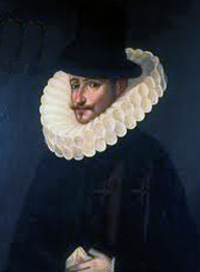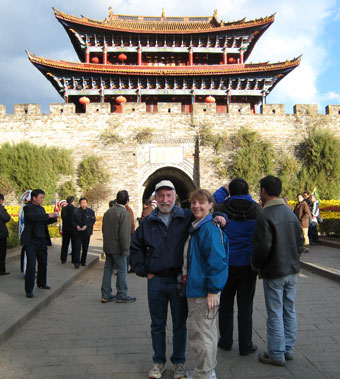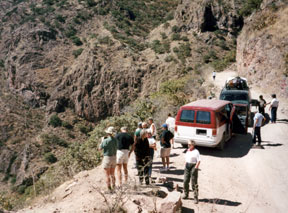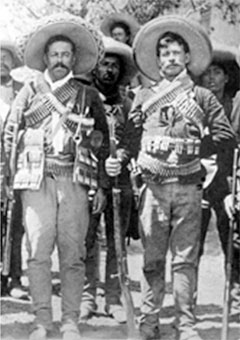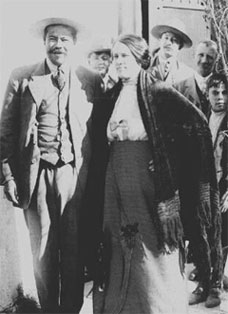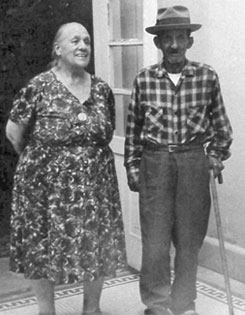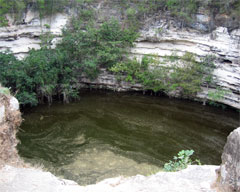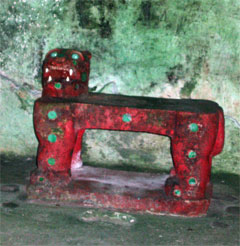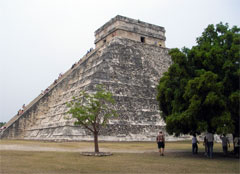|
“The day was overpoweringly hot, and the lake looked clear and blue: I hurried down the cindery slope, and, choked with dust, eagerly tasted the water—but, to my sorrow, I found it salt as brine.” — The Voyage of the Beagle, Charles Darwin |
The soldier looked again at the terrible landscape—thorny, dry vegetation, fields of sharp broken lava, and the volcanoes, following each other as far as his dry eyes could see.
Isabela Island, named after Queen Isabela of Spain, called Albermarle Island by the British, is the largest of the many islands and islets which make up the Galapagos. Larger, at almost 1,800 square miles, than all of the other islands put together. Six volcanoes form the backbone of the island, all but one of which are active, and the island, particularly the northern part, is wild and rugged.
In 1893, Don Antonio Gil settled on the island on a plantation he called Villamil. There he dabbled in agriculture and mining, rendered turtle oil, and exploited feral cattle for their hides. He also exploited the abundant tortoises, using their shells to decorate the path up to the plantation.
Thirty miles inland on the slopes of a mountain, he established a second plantation, Santo Tomas, primarily for mining sulfur from the fumaroles in the area.
Other plantations sprung up on the island as time went on because of it´s abundant resources. It was the custom in those days for plantations such as these to employ workers who were fugitives of the law. This made discipline on the plantations very harsh. Punishments could include death or exile, and some plantation owners traded workers for cattle.
As the plantations grew in size and number of workers, the owners petitioned the government of Ecuador for police and military protection, although there had been no trouble thus far on the island. In 1902 two small garrisons were dispatched to the island, consisting of a total of 12 soldiers. Nothing much happened, and the soldiers became terribly bored. So bored, in fact, that they decided to secretly leave the island.
In 1904, eleven of the soldiers quietly set out towards the interior of the island carrying neither water or supplies, certain they would be able to find a way back to the mainland. The owners of the plantations, realizing they were gone, searched for days but never found them.
After awhile, they gave up hope and had all but forgotten about the missing soldiers, when one of them, near death, reappeared at the plantation entrance. Once nursed back to health, he explained that the soldiers left thinking that such a big island should be filled with villages, and that they would be able to find sea transport back to Guyaquil. Overtaken by hunger and thirst, they began to hallucinate, and eventually separated. None, except the one survivor, was ever seen or heard from again.
There are so many strange stories, landscapes, and creatures on these islands which inspired Charles Darwin to discover the principles of evolution. Please join us our Galapagos Islands tours.
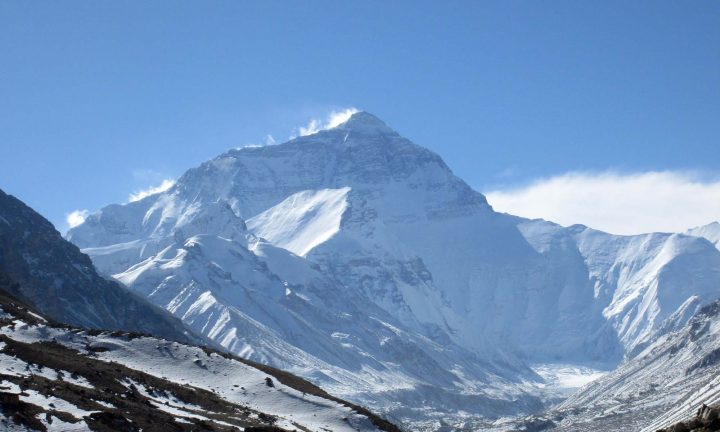
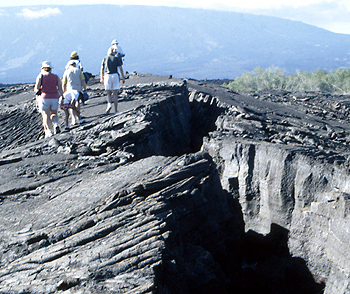
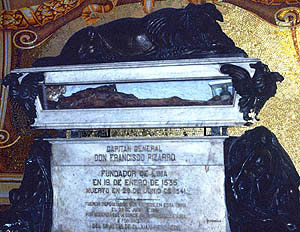
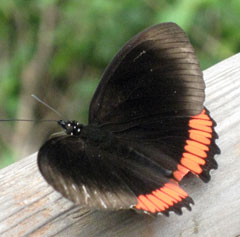
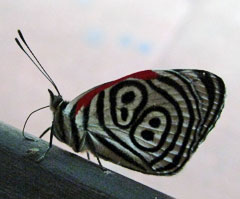
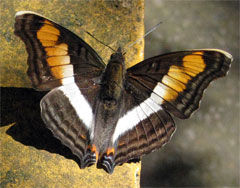
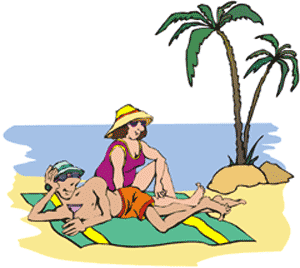 Its summer vacation time! As many of us travel this summer, we see longer lines, airline cut backs and fees, not to mention unpredictable weather. Here are a few simple tips to make your trip a wonderful adventure to remember.
Its summer vacation time! As many of us travel this summer, we see longer lines, airline cut backs and fees, not to mention unpredictable weather. Here are a few simple tips to make your trip a wonderful adventure to remember.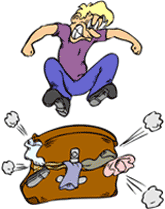 Pack light. This can’t be emphasized enough. If you plan carefully, you’ll have everything you need and you can carry it on the plane, avoiding luggage fees. Pack layers instead of bulky items for cold weather. Pick a color scheme and pack mix- and-match items you can wear in many combinations. Have a master packing list on your computer. Before each trip, print it out, modifying it for the length of the trip and the weather.
Pack light. This can’t be emphasized enough. If you plan carefully, you’ll have everything you need and you can carry it on the plane, avoiding luggage fees. Pack layers instead of bulky items for cold weather. Pick a color scheme and pack mix- and-match items you can wear in many combinations. Have a master packing list on your computer. Before each trip, print it out, modifying it for the length of the trip and the weather. Time your airport arrival to give yourself enough time to get through security, but don’t arrive so early that you spend hours sitting around. Check to see which carriers fly from the same terminal. A lot of short-haul airlines usually mean a longer security line. Check your airline’s website for flight status updates which send text or voice messages to your cell phone advising you of your gate number, and changes, delays, etc. Since most U.S. domestic flights no longer provide meals, we like to get to the airport for a morning flight in time to get through security, then sit down and have a nice breakfast.
Time your airport arrival to give yourself enough time to get through security, but don’t arrive so early that you spend hours sitting around. Check to see which carriers fly from the same terminal. A lot of short-haul airlines usually mean a longer security line. Check your airline’s website for flight status updates which send text or voice messages to your cell phone advising you of your gate number, and changes, delays, etc. Since most U.S. domestic flights no longer provide meals, we like to get to the airport for a morning flight in time to get through security, then sit down and have a nice breakfast.